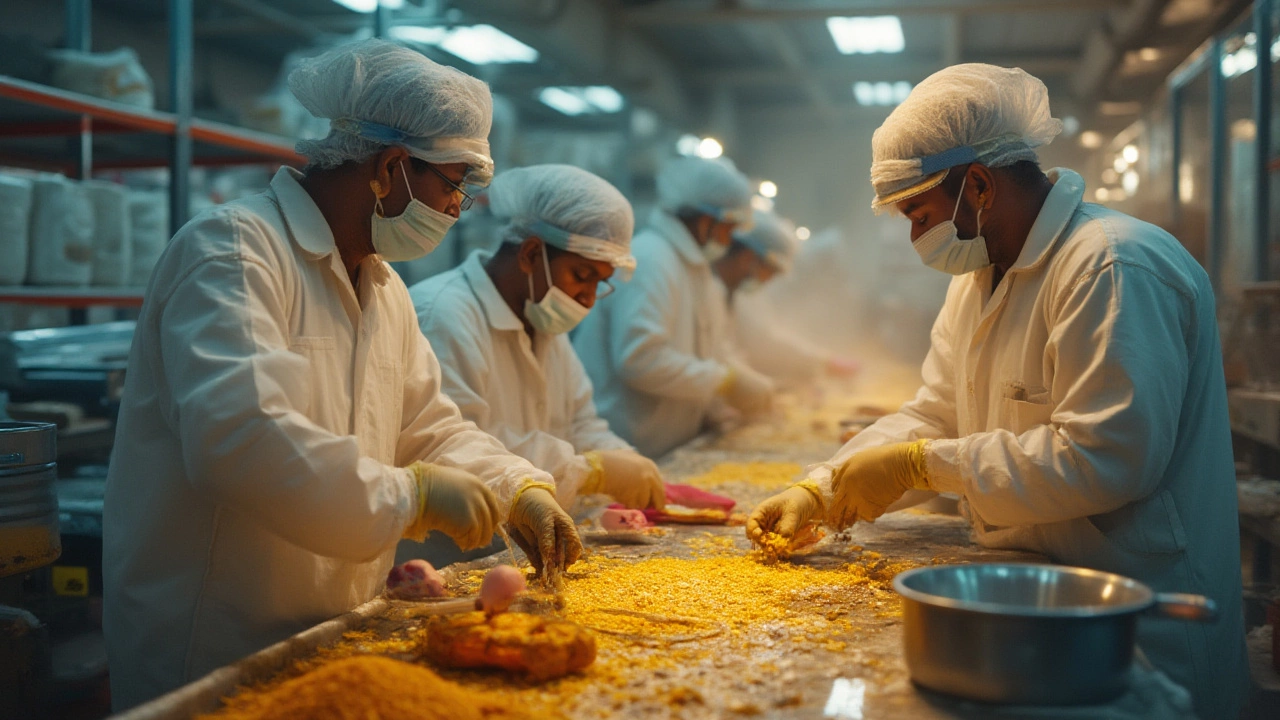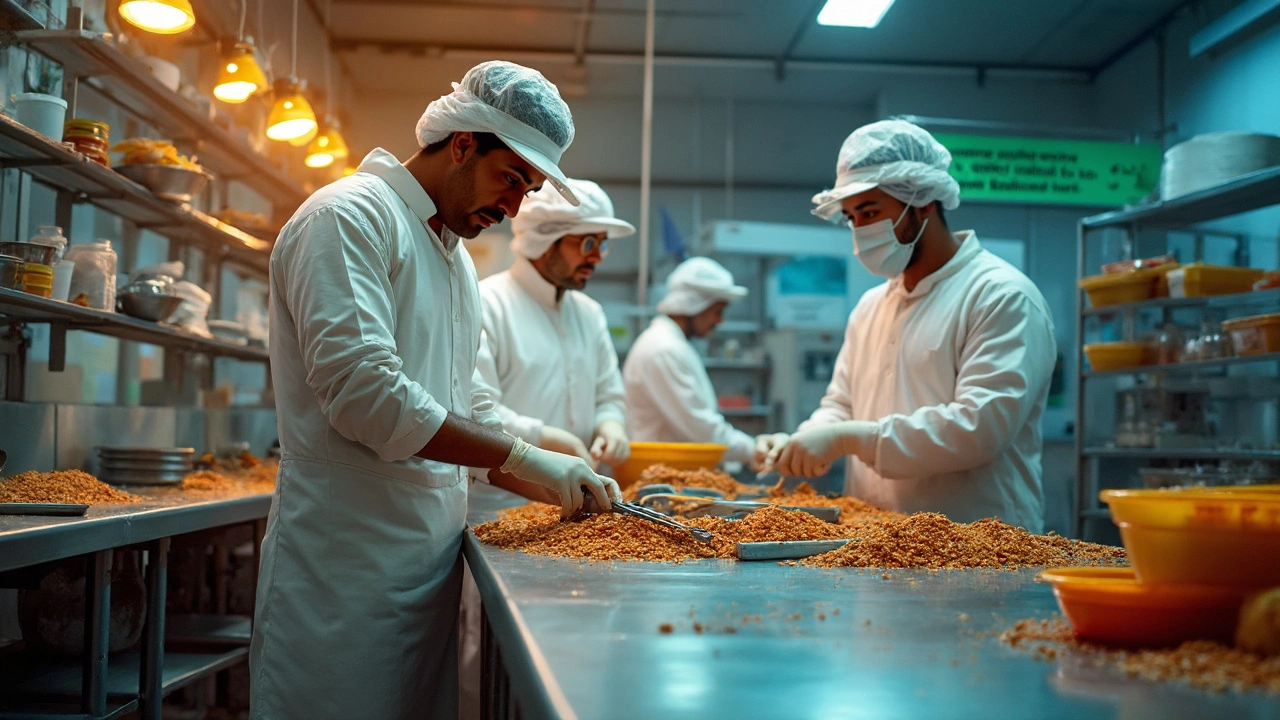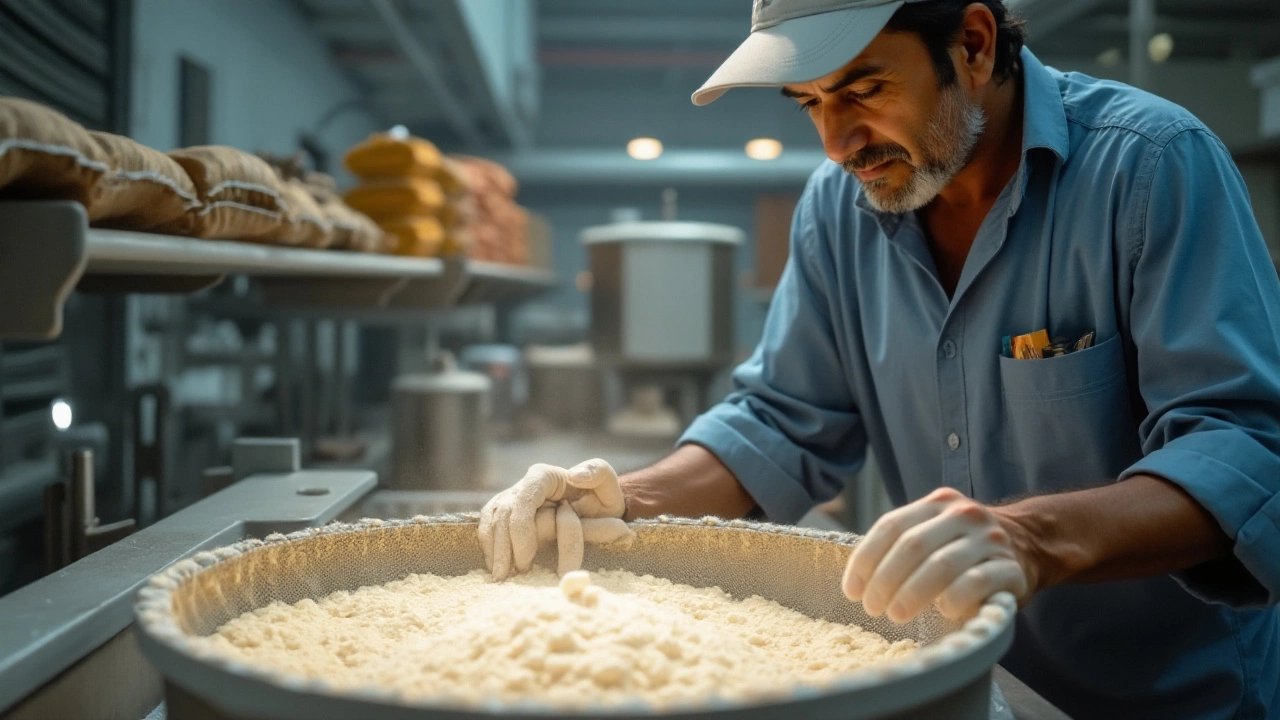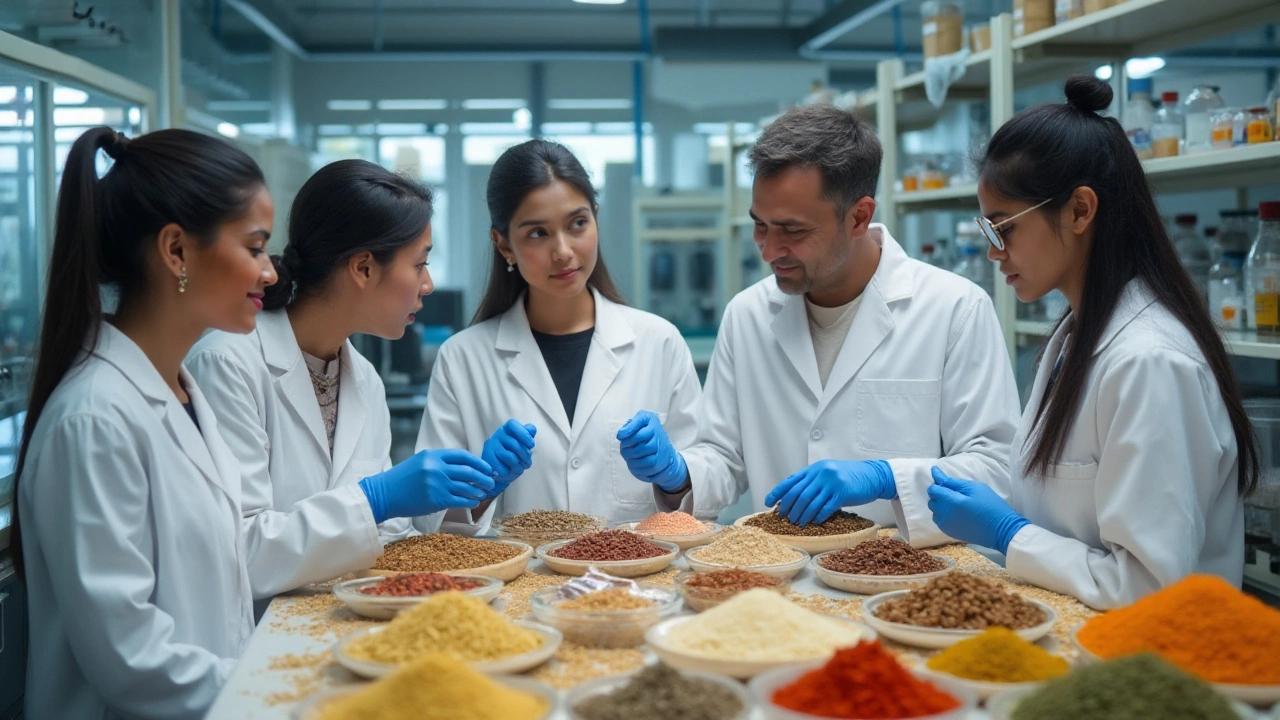Food Processing in India – What You Need to Know
India’s food processing sector is booming, and it’s not just big brands that benefit. Small firms, start‑ups, and regional players are all finding ways to turn raw ingredients into packaged products that reach shelves fast. If you’re thinking about entering this space, you’ll want to understand the market, the machines, and the rules that shape the industry.
Why the sector is heating up
Consumer demand for ready‑to‑eat meals, snacks, and health‑focused foods has surged in the past few years. Urban lifestyles, higher disposable incomes, and a push for locally sourced products all drive that demand. Government schemes like the Pradhan Mantri Kisan Sampada Yojana also offer subsidies and credit for setting up processing units, making entry less costly.
These factors combine to create a clear growth path: more raw material supply, stronger distribution networks, and better access to technology. The result is a market that’s adding billions of rupees each year, and the gap between demand and supply still leaves room for new players.
Key machines that power food processing
Choosing the right equipment is the first step to efficient production. Here are the three most common types you’ll encounter:
- Cleaning and sorting machines – They wash, grade, and separate raw produce, ensuring quality before it moves downstream.
- Cutting, grinding, and mixing equipment – From slicers for fruits to mixers for dough, these machines shape the core of product formulation.
- Packaging lines – Automated flow pack, vacuum seal, and labeling systems protect the product and extend shelf life.
Most Indian manufacturers source machines from domestic firms that specialize in low‑cost, high‑volume solutions. However, for premium or niche products, importing high‑precision gear from Europe or the US can be worthwhile.
When you evaluate a machine, look at capacity (how much it can process per hour), energy consumption, and ease of cleaning. A small, energy‑efficient cutter may cost less upfront and save money on electricity bills, which matters a lot for tight budgets.
Maintenance is another hidden cost. Choose equipment with readily available spare parts and good after‑sales support. Many Indian suppliers partner with global OEMs to guarantee service across the country.
Beyond the hardware, you’ll need a solid quality‑control plan. Simple tools like temperature probes, humidity meters, and microbial test kits help you stay compliant with FSSAI standards and avoid costly recalls.
Finally, think about scalability. Start with a modular line that can expand as demand grows. This approach lets you add extra mixers or packaging stations without overhauling the whole floor.
Whether you’re a farmer‑turned‑entrepreneur or an established brand looking to diversify, the right mix of market insight, government support, and appropriate machinery will set you up for success in India’s food processing arena.

Understanding Food Units: Key Concepts for Food Processing and Manufacturing
Find out what food units are, why they matter in food processing, how they impact safety, and get practical tips on their use in daily operations.
Read More
5S in Food Processing: A Game Changer for Clean, Safe, and Efficient Workspaces
Curious about 5S in food processing? This article breaks down each of the 5S steps, showing why they are essential in keeping food processing units clean, safe, and organized. Learn how 5S not only boosts safety but also helps teams work faster and cut down waste. See real-world examples, practical tips, and simple explanations you can put into practice in your kitchen or factory. Let’s make food processing better, one S at a time.
Read More
Understanding Microns in Food Processing: What Does μm Mean?
Microns (μm) play a crucial role in food processing units, providing a vital measure of particle sizes in various ingredients, which influences the texture and quality of the final product. Knowing what a micron is and how it applies to food processing helps in selecting appropriate equipment and in ensuring consistency in food quality. With applications ranging from milling grains to producing smooth pastes and emulsions, understanding microns is essential for both industrial and home cook settings. This article breaks down the significance, application, and tips for using microns effectively in everyday food processing.
Read More
Understanding Food Science in Modern Processing Units
Food science plays a crucial role in processing units to ensure safety, quality, and efficiency. It blends principles of biology, chemistry, and engineering to transform raw ingredients into safe, tasty, and nutritious food. This article explores the essence of food science, its importance in the industry, and some fun facts about food technology. From the history of methods like pasteurization to the latest innovations, it delves into the fascinating world of food production.
Read More